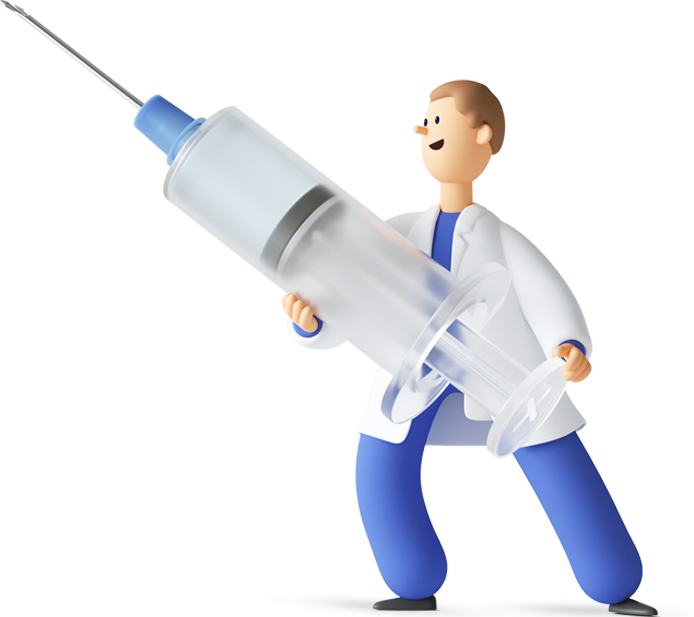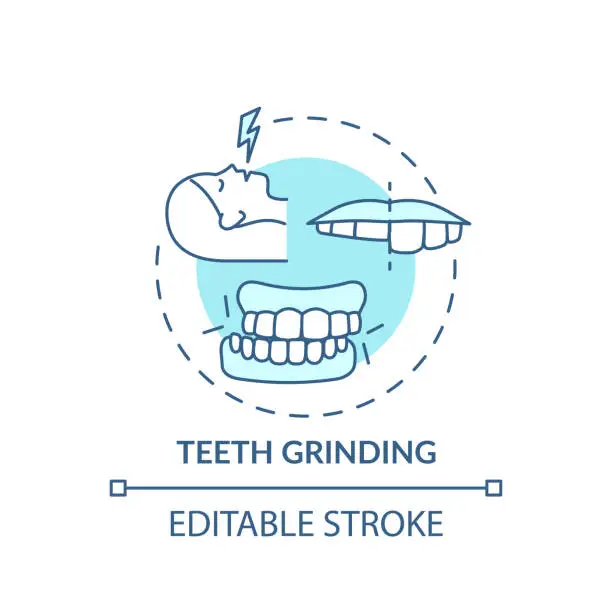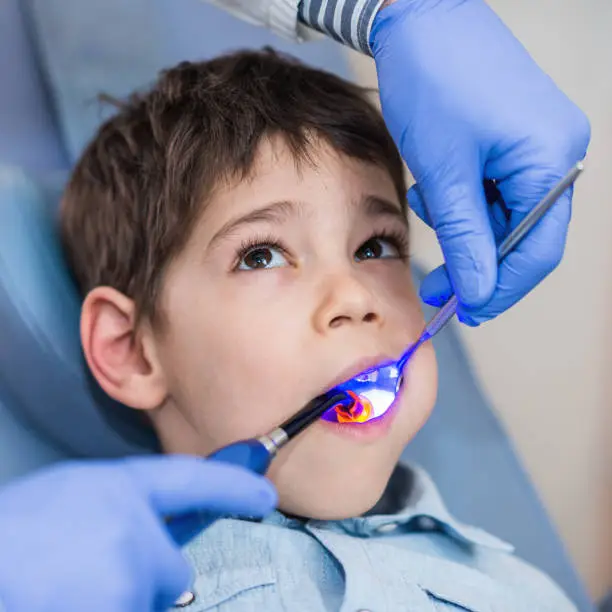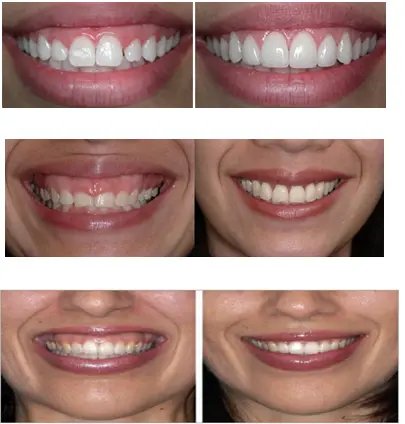Dental Implants or a Bridge? we will answer here. Once a tooth has been lost, there are three ways to restore it: with a bridge. with an implant and crown with a removable partial denture. Dental Implants or a Bridge? A dental implant is an “artificial tooth root” that is placed into your jaw to hold a replacement tooth or bridge. Dental implants are an ideal option for young people and patients in good general oral health who have lost a tooth or teeth and don’t want to wear a removable partial. The “metal root” provides support for the new implant supported crown without having to grind. Or reduce the neighbor teeth right next to the missing tooth. This is the most important difference between a conventional bridge and an implant restoration. When a bridge is made, the teeth adjacent to the missing tooth have to be prepared or reduced. This means that if you are missing one tooth, we need to fabricate a three-unit bridge (3 teeth joined): The missing tooth is connected to the two on each end. If these teeth already crowns or are severely broken, it’s not a big deal since those teeth need crowns anyways. But, if you have perfectly good healthy teeth next to a missing tooth, then it is a shame to have to grind the good teeth in order to make a bridge. In this case, a dental implant is the best option because these healthy teeth are not affected at all. “normal” tooth and Implants Dental implants feel just a “normal” tooth because you recover the “biting sensation”, you can floss between your teeth, it looks very natural and, since it’s an “artificial tooth” it will never get a cavity! In the long term, a single implant can be more esthetic and easier to keep clean than a bridge. Gums can recede around a bridge, leaving a visible defect when the metal base. Or collar of the bridge becomes exposed. Also, the cement holding the bridge in place can dissolve, allowing bacteria to decay the teeth that anchor the bridge needing to replace the entire bridge. Implants can also be use in the case of patients with lose dentures (especially the lower denture). A few dental implants can provide the anchor. And retention needed to maintain the denture in place without having to use the denture glue. And avoiding embarrassing situations in public. European Dental Center; best dental clinic in Jordan provide this information about Dental Implants or a Bridge?.
European Dental Center – Amman; First Temos certified dental clinic in Middle East EDC is the first dental clinic in Jordan and even Middle East that received the Temos Quality Seal “Quality in International Dental Care”. Congratulations! TEMOS is an international certification that acknowledges we provide high quality standards of dental services and non-clinical services before and after dental treatment for our patients based on the “Quality made in Germany”. Inspectors based their evaluation of our clinics on these quality standards and personnel management approaches to ensure that each unit meets the standards of quality care. A team of two assessors from Germany and Jordan visited the dental center onsite in Amman. And found a well prepared and experienced dental clinic treating patients from all over the country. But also serving a high percentage of international patients. First Temos certified dental clinic in Middle East As announced by Temos: “EDC was established in 2006 under the management of Dr. Mohannad Kiswani. And a number of Jordanian dentists and specialists, EDC is today considered one of the best and distinct teams in the dental field in Jordan. The center offers dental implantology, orthodontics, preventive dentistry, root canal therapy, cosmetic dentistry, pediatric dentistry, teeth bleaching, gum diseases treatment and has a diagnostic and digital X-ray section. It is the authorized training center for Orange Dental Germany using the latest diagnostic tools and devices”. Our center has fulfilled all pre-requisites and successfully awarded the certificate, with this conclusion: We designed a quality program for patients striving for more security and quality. Our dental clinics have fully prepared to deliver reliable services in accordance with high scientific standards. And principles of holistic dental care before and after dental treatment. Constantly monitored international standards for zero service errors. We meet all the high requirements for international patients safety and protection. European Dental Center; best dental clinic in Jordan provide this information about First Temos certified dental clinic in Middle East.
Early Childhood Caries is defined as the presence of one. Or more decayed (non-cavitated or cavitated lesions), missing (due to caries). Or filled tooth surfaces in any primary tooth in a preschool-age child between birth and 71 months of age. Early Childhood Caries The term “Severe Early Childhood Caries” refers to “atypical” or “progressive”, “acute” or “rampant” patterns of dental. Selected populations and the general population both exhibit early childhood caries, a significant public health problem, as recognized by the Association. The Association urges health professionals and the public to recognize that a child’s teeth are susceptible to decay as soon as they begin to erupt. Early childhood caries is an infectious disease. There are many aspects of early childhood caries; baby bottle tooth decay is recognized as one of the more severe manifestations of this syndrome. consult dentist The Association urges parents and guardians, as a child’s first tooth erupts, to consult with their dentist regarding: Scheduling the child’s first dental visit. It is advantageous for the first visit to occur within six months of eruption of the first tooth and no later than 12 months of age, and Receiving oral health education based on the child’s developmental needs (also known as anticipatory guidance). reducing the risk for early childhood caries The Association urges its members to educate parents (including expectant parents) and caregivers about reducing the risk for early childhood caries: Role of Bacteria Cariogenic bacteria (especially mutans streptococci) transmit soon after the first teeth erupt, so decreasing the mother’s mutans levels may decrease the child’s risk of developing ECC. The Association recommends encouraging parents, including expectant parents, to visit a dentist to ensure their own oral health. Nutrition Infants and young children should be provided with a balanced diet in accordance with the Dietary Guidelines for Americans published by the U.S. Department of Agriculture and the U.S. Department of Health and Human Services. Unrestricted, at-will consumption of liquids, beverages and foods containing fermentable carbohydrates (e.g. juice drinks, soft drinks, milk, and starches) can contribute to decay after eruption of the first tooth. Bottle Feeding Unrestricted and at-will intake of sugary liquids during the day or while in bed should be discouraged. Infants should finish their bedtime and naptime bottle before going to bed. Breast Feeding Unrestricted, at-will nocturnal breastfeeding after eruption of the child’s first tooth can lead to an increased risk of caries. Use of a Cup Parents should encourage children to drink from a cup by their first birthday. Discouraging frequent use of a training cup should be done at will. Home Care Proper oral hygiene practices, such as cleaning an infant’s teeth following consumption of foods, liquids. Or medication containing fermentable carbohydrates. Should be implemented by the time of the eruption of the first tooth. Parents should periodically check their child’s teeth at home according to the directions of the dentist. The Association urges state and local dental societies to be a resource for the medical community and public health programs (e.g. Women, Infants and Children [WIC] and Head Start). Dentistry can be instrumental in educating professionals and the public about risk factors for ECC. The Association acknowledges that consideration should be given to the unique characteristics of ECC when selecting treatment protocols. European Dental Center; best dental clinic in Jordan provide this information about Early Childhood Caries.
Crown Lengthening Periodontal plastic surgery known as Crown Lengthening involves removing gum tissue or bone to expose a greater area of the tooth structure. This procedure serves cosmetic purposes, like reducing the appearance of a “gummy smile,” or prosthetic purposes, such as exposing more teeth to support a crown or a filling. Gummy Smile Gummy Smile is a condition in which a person shows a larger-than-average amount of gum tissue when smiling. Many people with gummy smiles suffer from embarrassment, self-consciousness, and even a general lack of self-esteem. They often dislike their smile and wish there was something they could do to change it. The good news is there is something you can do to fix your gummy smile. At the European Dental center, we can correct your gummy smile with simple periodontal plastic surgery procedures. These virtually painless surgical treatments will achieve beautiful and natural-looking results that will amaze you. How Is Crown Lengthening Done? The gum is reduced or reshaped by removing small amounts of gum tissue in desired areas. The goal is to lengthen the appropriate teeth and create greater symmetry at the gum line. European Dental Center; best dental clinic in Jordan provide this information about Crown Lengthening and Gummy Smile Reduction.













